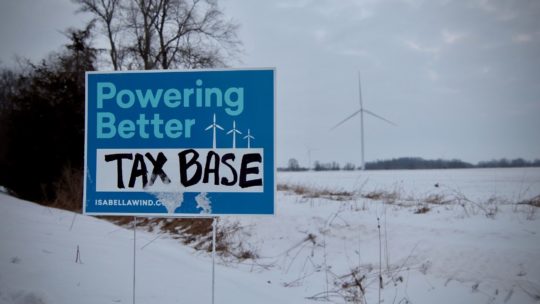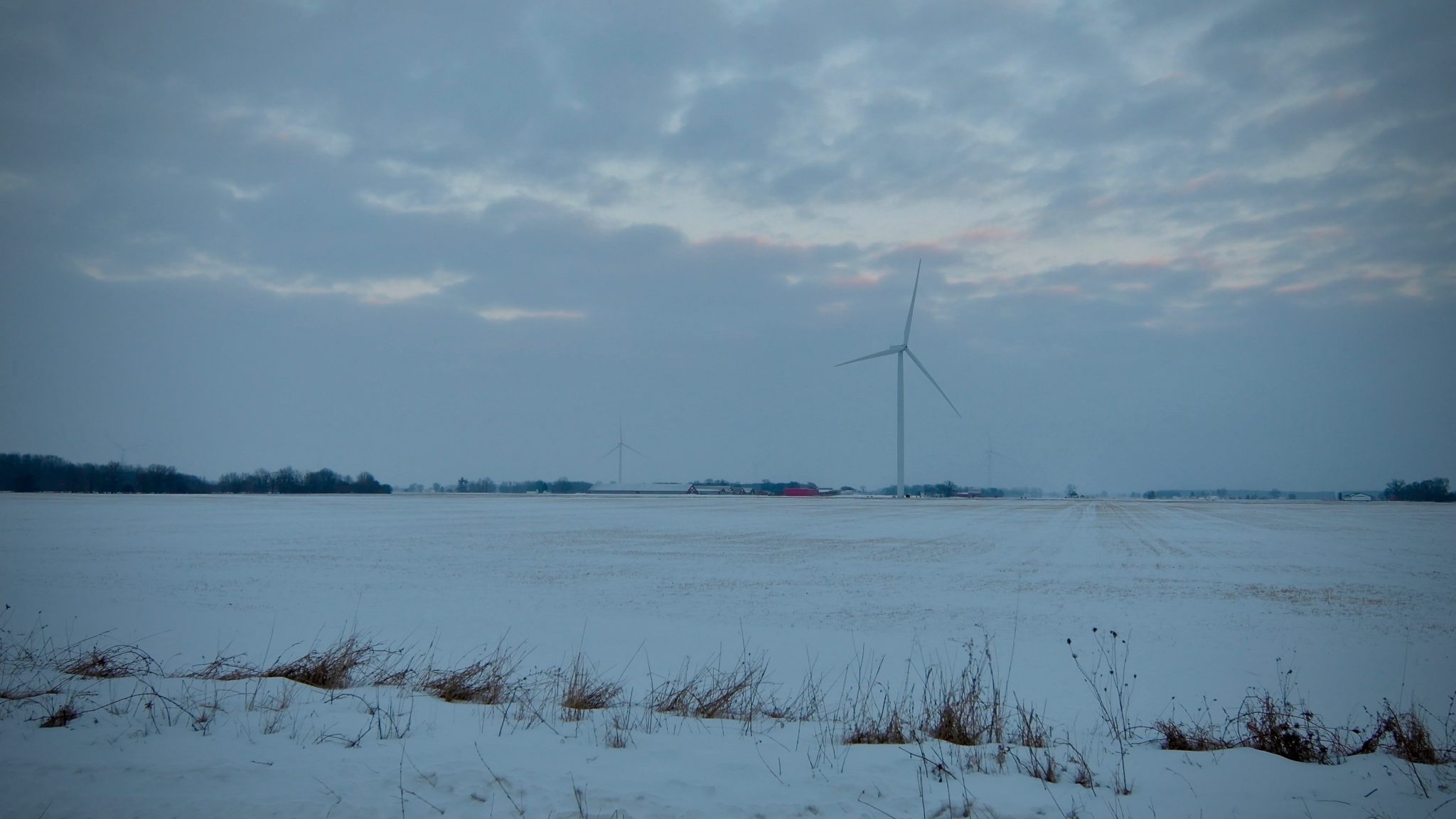It Takes a Village to Raise a Turbine
Apex is advancing a project of unprecedented scope in Michigan.
Where there’s water, there’s wind. So it’s no surprise that in a state that touches four of the five Great Lakes, wind is abundant. In recent years, that resource has established an active and significant role in expanding Michigan’s energy mix, thanks in no small part to stakeholders at every level helping drive the transition.
With a supportive administration at the helm, Michigan has already taken momentous strides in just half a year.
Michigan ranks 11th in landmass among U.S. states and 13th in the nation for installed wind capacity. The industry—developers and manufacturers throughout the wind supply chain alike—is investing heavily across the state. This trend has not been lost on voters, who are recognizing the role of clean energy in improving their economy and environment and are prioritizing it at the ballot box.
In 2018, the state’s electorate voted a clean energy advocate into the governor’s office. With a supportive administration at the helm, Michigan has already taken momentous strides in just half a year.
By her second month in office, Governor Gretchen Whitmer had signed an executive order focused on reducing greenhouse gas emissions and joined the U.S. Climate Alliance, a bipartisan coalition of governors who have pledged to promote clean energy deployment and reduce carbon pollution. In May, the state enabled land that is enrolled in the Farmland and Open Space Preservation Program to be used for utility-scale solar projects.
This momentum is significant. It’s tangible. And it’s reaching far beyond the statehouse walls.
Utilities Are Doubling Down on Renewable Energy
In recent years, Michigan utilities have also done their part. DTE Energy, one of the state’s two major service providers, ranks ninth in the country for utility ownership of wind power capacity.
Since 2009, DTE has driven investments of more than $2.8 billion to build more than a dozen wind farms. With aggressive targets as its impetus—including cutting carbon emissions 80% by 2040, a full decade earlier than originally announced—the utility is leading the state’s fundamental transformation in the way it produces energy.
And now, as DTE works to double its renewable energy capacity by 2024, it is making its largest investment in wind to date: the company recently acquired Apex Clean Energy’s 385 MW Isabella Wind project, which will produce enough clean energy to power the equivalent of 86,000 U.S. homes.
But rather than households, the electricity from Isabella Wind will supply another pro-renewable stakeholder group: commercial and industrial (C&I) energy buyers like Ford, General Motors, and the University of Michigan, all of which are enrolled in DTE’s voluntary MIGreenPower program.

Building Support, One Township at a Time
In America’s agricultural towns, $30 million goes a long way. It means new fire engines for the volunteer fire department, or additional teachers and facilities to support students, or shiny black asphalt roads instead of cracked, potholed highways. More often than not, it means all those things. And as local leaders know, these are the building blocks that help rural areas retain young families and attract the businesses of the future.
Over the life of the Isabella Wind project, six rural townships in Isabella County will receive a collective $30 million in tax revenue. Factor in landowner payments—an additional $100 million indirect economic injection into the county—and you have an ag community benefiting from an economic boost unparalleled in most current residents’ lifetimes.
In America’s agricultural towns, $30 million goes a long way.
But to benefit from the project, the community first had to offer its own support.
On the ground, that translated into yard signs, open houses, prepared remarks at township meetings, letters to the editor, positive posts on social media, late nights in county buildings—in short, a massive investment of time and energy over the years of Isabella Wind’s development. But ask local residents, and they’ll tell you it was investment that will be well worth the return.
Those community-wide efforts, coupled with supportive measures from the statehouse, the ambitious targets of forward-looking electric utilities, and growing demand from C&I power buyers created an ideal environment ripe for the realization of Isabella Wind—one that could never be taken for granted, given today’s increasingly challenging development environment.
When those forces, interests, and values aligned in Michigan, the largest wind energy project in the history of the Great Lakes State became possible.

